Machines As The Measure Of Men: reconstructing Dune pt. 2
(part 1 discussed Dune’s factions and drew a distinction between those parts of a setting that make it work (the sinews) and those parts that are pure flavour, that could be reskinned without risking the setting falling apart or becoming incoherent (the fat, maybe). I recommend reading it before this part.)
2: Technologies
Villeneuve’s best work in Dune is in getting machines to tell the story. Every machine has the personality of the people who made it. Each one reinforces its maker’s power position in the narrative.
First, all the stuff that comes from off-world is a study in scale contrasts. The brutalist carryall from Lynch’s Dune is now the basic spaceship form – they still hang in the sky like bricks don’t but under Villeneuve’s carefully-angled cinematography they’re beefed up the point where you wonder why the Atreides ever disembark from them – they could just flatten Arrakeen and replace it.

As for making the factions as distinctive as possible, Villeneuve’s approach is (sometimes) radical. The Harkonnens are rather unimpressive on Arrakis – black-clad, pallid, fat goths – until you realise their home world is literally black and white or, rather, infra red, like their thinking.
And while the Atreides and Harkonnens fly brick dumpsters, the Emperor flits in on Anish Kapoor’s Cloud Gate – an effete, feckless look for an ineffective figurehead.

But the masterpiece of the whole film is the Harkonnens’ spice harvester. Villeneuve sets us up for meh with the basic harvester in part 1. It’s big but… flat, like NASA’s Crawler Transporter. It’s what you’d expect a harvester to be – a supporting player, not poised to steal the show from the charismatic lead.

But that, you see, is a jank old busted harvester, what the Harkonnens leave behind for the Atreides to complain about. The real Harkonnen spice harvesters, when they’re finally properly unveiled in part 2, are a symphony of signs: colossal, overweening, top-heavy, parasitic – like the spider-head in John Carpenter’s The Thing.


And of course it’s all ironic: the bigger they are, the harder they fall to a bunch of Fremen who pop up out of the sand exactly like the anti-tank miners in Stalingrad.
Because one of Herbert’s big sinewy ideas is: comfort makes you weak. Getting a machine to do your work is inviting disaster, because someone who is tougher (because he doesn’t have a machine) will take everything from you. Or, as Mad Magazine put it in 1960:

BTW for a really good discussion of technology, power, and their attendant colonialist superiority complexes, check out Michael Adas’s book, which supplies this post’s title. I think Herbert was suspicious of technosaviour arguments, as Adas notes the British and French were, just in time for Vietnam. Whether his Fremen were secretly based off the Viet Cong, Iranian Revolutionaries or any other IRL group is beyond the scope of this blogpost.
Anyway. Herbert’s second sinew is less often remarked: being tougher doesn’t make you politically smarter. The Fremen and Sardaukar warriors are technologies, too – conditioned by neglect to be “tough, strong, ferocious men,” they are also therefore vulnerable to the old mind tricks: “play on the certain knowledge of their superiority, the mystique of secret covenant, the esprit of shared suffering.” Get that right and they’ll be strongly, ferociously, fanatically loyal and obedient. Although once you’ve set them in motion, they’re also liable to be as hard to stop or redirect as a Harkonnen spice harvester. Once they’ve got an idea in their heads, it’s almost impossible to dislodge it with a new one.
Cue another Dune sinew: the Superior Man is flexible. He makes use of tools but is aware of how those tools will try to shape him. He refuses to be shaped except by his own will.
(Does this sound like Mein Kampf? Noooo, it’s probably just Nietzsche.)
The most thoroughly iterated representation of this idea is the Holtzman shield generator.
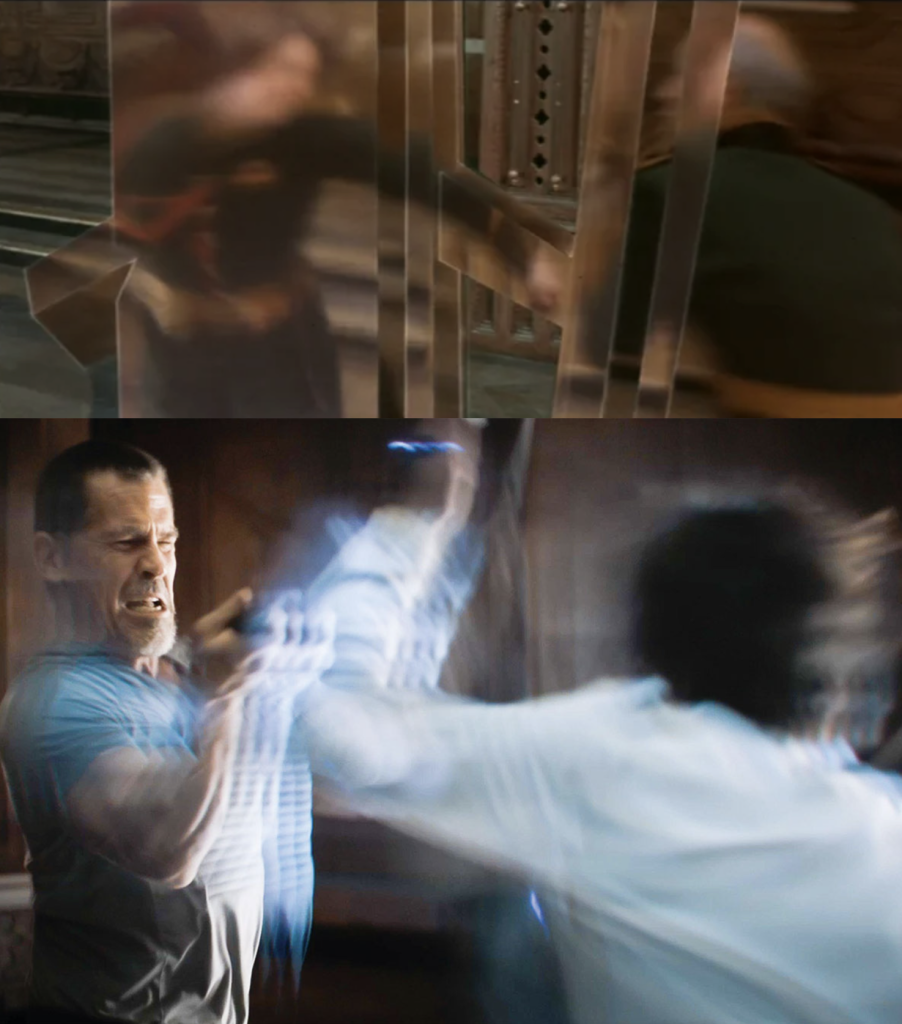
Shields are wonderful at keeping you safe except for when –
– the enemy has clever slow-bullet guns that pause politely at the shield’s edge to tunnel inexorably in, like something out of an Edgar Allen Poe story;
– the enemy has lasers, because when a laser hits a shield you get an atomic-style explosion;
– you’re out in Arrakis’s Wild Manhood Testing Country, where they attract frenzied worm attacks;
– you can’t use your shield and you have to knife-fight anyway, in which case your “slow on attack” training gets in your way.
…still, everyone uses them all the time. You can see who is the master of their technology and who is mastered by it by how they behave when the technology doesn’t.
See also the Imperial doctors’ Pyretic Conscience (which doesn’t work), the Guild’s precognition (spoofable by Tleilaxu, but then so is everything), Hawat’s security searches for assassins (didn’t look in the cupboard) etc etc.
Aside from generating dramatic tension and highlighting the fallibility of the best-laid plans (a fallibility that is necessary to the whole Fremen uprising plot) this is a classic game design principle: if you add something super strong, give it an Achilles heel.
What can we do with this? Well most of all, think of weaknesses for all the major Classes (BG, Mentat, Swordmaster, Doctor) that brings them back in line with the Sardaukar and Harkonnnens. The classic Dune move is to make people too confident in their strengths. But a Bene Gesserit can’t mind-read a typed note or an ignorant emissary (Doctor Yueh deliberately clouds the Bene Gesserit Jessica’s observations by manufacturing an embarrassing situation), a Mentat can quickly get lost in paranoid mirror-mazes, Swordmasters rely on faster-than-thought training that can be exploited

and Doctors… well, they care too much. Similarly the fastest ornithopter shouldn’t be the most maneuverable, the biggest worm shouldn’t be the most tractable etc.
Maybe the biggest sinew, though, is to replace machines with people. The Mentat as human computer has already been mentioned, but the motif is everywhere. Why have a scripture when you can have oral traditions? Why a recording device when it could be a person with eidetic memory? Conceivably, you could replace weapons, horses, cars and telephones with talented humans. I would say furniture, but that’s a bit too Book 5 for this post. Or mix the functions up: a Bene Gesserit is in many ways a social Mentat – their skills at manipulation, cold reading, and masking their own signals make them a technology of persuasion. Someone who was able to open doors into gatherings could be social harvester, someone who can keep things secret might be an information swordmaster. I dunno, maybe this is all too JoJo but Dune has so many little superpowers, lightly explained that I think you could really go wild with inventing new ones.
3: Space Splice
While we’re on the topic of replacing machines with people, have you ever noticed that the spaceship computers in Classic Traveller are generally the size of a stateroom? You could easily replace them with the living quarters for a Mentat (Wizard of Oz curtain optional), with bigger ships requiring higher-status mentats who demand more palatial accommodations, according to strict sumptuary laws.
Herbert does not explain how the Guild achieves interstellar travel…. until Book 5, which came out a year after Lynch’s movie, and which gives the same explanation Lynch gives: the Guild Navigators “fold space,” using their esoteric mind visions. So that’s neat: the Jump Drive is also a person, with bulky quarters full of spice gas. Dune’s Guild has a monopoly on interstellar travel, though, so there would be no jump drives except for the gigantic Guild Heighliners.
It is curious, though, that Herbert doesn’t explain how interstellar travel works until Book 5, 20 years into writing the novels, because:
1. everyone else who writes an interstellar empire epic in the 20th century offers an explanation for how it’s supposed to work – Jump drives or Hyperspace or Warp or interdimensional gates or corridors. Everyone has their own way of kowtowing to Einstein’s assertion that you can’t go faster than light, and then saying “here’s how we’re ignoring it.”
2. the rest of Dune is so damn didactic. It’s the perfect book for high school analysis essays because you can say “Herbert thinks struggle makes you stronger because he says so, first on page 26 through the mouth of Leto, then on page 27 directly via the omniscient narrator.”
But when it comes to how the empire is tied together, what the Guild’s all-important monopoly rests on… nothing. Except that Guild Navigators needed Spice to “see a safe path” – because if you’re going really fast, you don’t want to run into any pebbles. Or hydrogen.
So… maybe this is overreaching (although if anyone ever invited a Talmudic/Koranic exegesis of their novels, it’s Frank Herbert) but… what if Herbert kept quiet about this not because he himself was ignorant or uninterested in the Einsteinian problem but because he wanted to maintain the mystique of the Guild? No-one outside the Guild knows how the Guild does it. More than that, what if the point was, nobody in the Duniverse knows FTL travel might be a problem because they don’t have the scientific background? In Dune’s lore, the 5 great schools of knowledge (Swords, Doctors, Mentats, Bene Gesserit, Guild) are set up after the Butlerian Jihad, which was fought against computer AIs. Developing computers requires Einstein, quantum mechanics, and higher math. So… the schools restrict access to science and (to be safe) calculus. The rest of Dune is socially… what? 16th century? In our own history it takes about 300 years to get from there to Einstein. How would you prevent that development for 10,000 years? By funneling everyone into very deliberately constructed educational pathways and teaching them curricula that neatly sidestep the required questions, then giving the guardians of various fields of knowledge social positions they want to defend, that come with neatly circumscribed professional formations. Herbert is obsessed with mental and social conditioning and he specifically mentions that doctors and mentats have trained restrictions. The other hint here is that the Great Houses’ “family atomics” are all supposed to be 10,000 years old – irreplaceable relics of the Jihad (and Dune was written at a time when the discourse of nukes was that they lasted forever). So: only the Guild school is entrusted with relativity. …and, probably, with Maxwell’s equations for electricity and light, which were what set Einstein off in the first place. And only the Ixians and Tleilaxu disobey the restriction and they keep very quiet about it for their own mnopolistic reasons.
All that said, fundamentally, the situation offered is actually quite familiar for gamers:

Travel within a star system is “shallow water” – anyone with a simple spaceworthy craft can do it (Houses, smugglers, assassins etc). Going from one star system to another is “deep water” and requires a Guild Heighliner.
I say that, but I can’t actually remember Dune ever taking advantage of multiple points of interest in a single system (in the book it seems that the Guild actually restricts Houses’ rights to fly their own ships around, which makes me wonder how much of a capital drain a space warship is on a House that can hardly ever use it). Which is too bad, because star systems could get really diverse: “shallow” could be a busy star system with twelve warring planets, or several moons around a single gas giant, or a lively asteroid field for mining. It could also be an enormous nebula, a couple of light years wide, populated with enough gas and little rocks and radiation and brown dwarfs to keep tramp ships powered and occupied for decades. (Nebulae could even be no-go zones for the Guild’s big hazard-averse ships).
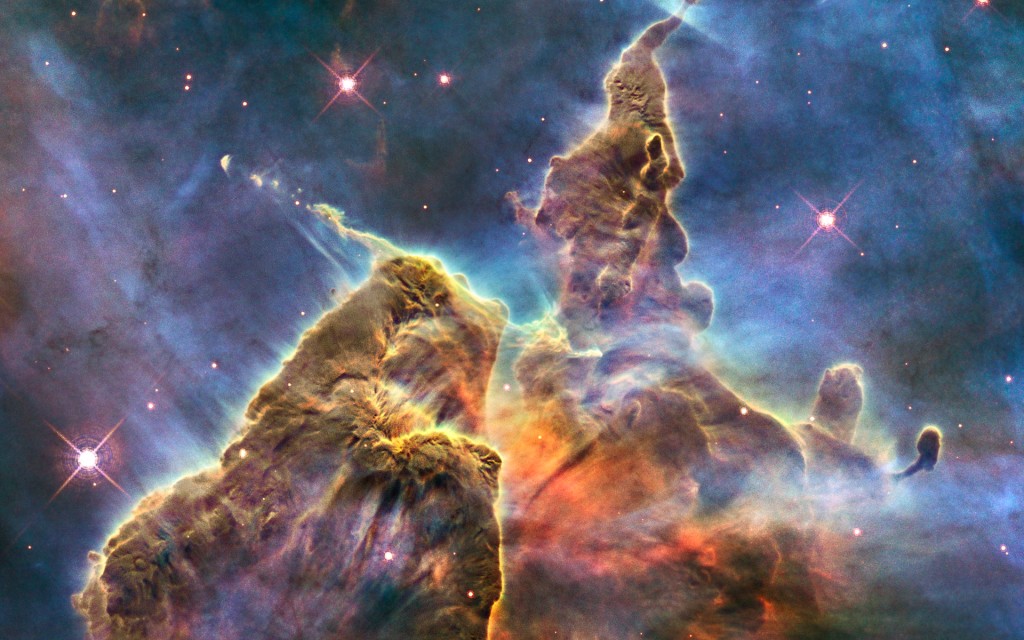
(BTW the shallow/deep divide in Civ has no physical justification except that “shallow” might mean “easily accessible to an unidentified harbour of retreat,” so in theory unstable ships like galleys could run to shelter from storms from the “shallows” but would be forced to ride those storms out in the “deeps.” but don’t let that worry you, it’s a wonderful bit of game design anyway to be able to see the excitement over there but then have to devise an ingenious method for getting to it.)
There are many ways to set a shallow/deep division up – maybe you need a special ship or map, or only a native guide can get you across the deep desert, or only a government cyberdeck can get you into the government’s servers… the point is you have to work with the Church to get into its Treasury. Imagine Han Solo in this situation: he can smuggle all around the solar system but if he wants to get from Tatooine to Alderaan, he needs to forge papers or bribe an official, get on a Heighliner and “fly casual” right under the nose of the Grand Moffs who are coming back from obliterating Alderaan a moment before. Because also people can see who else is on a Heighliner but they can’t do anything about it without endangering their travel privileges. Imagine the Guild letting people off at a system that no longer has a trading planet, or being evasive and dropping them at the wrong destination. A Death Star could only exist if the Guild were complicit in the Emperor’s planet-busting reign of terror or if a rogue splinter-Guild drove it around, causing a crisis in everyone’s confidence in Guild neutrality/ethics/reliability/violence.
4. Dune, Ripple, Wave
Finally, I guess I’ve already tipped my hand to this one but of course, Dune’s shallow/deep structure, like everything else about Dune, could work at any scale.
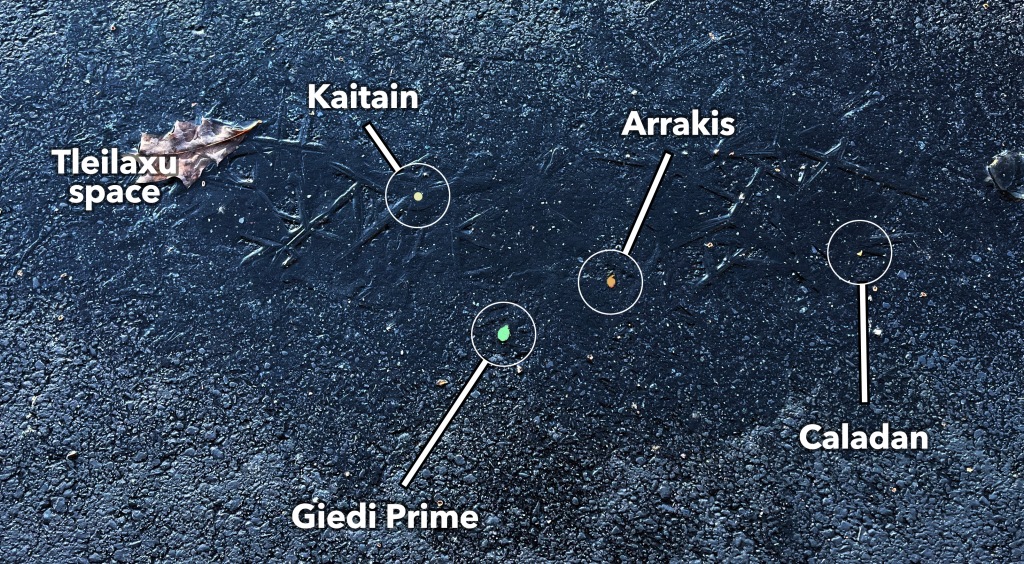
The stated scale – galactic spread, billions of unmentioned subjects – presents all sorts of problems (that Herbert doesn’t address), but an ocean or a big sky full of Flash Gordon flying islands or whatever could give you the same fun. Shallow could be estuaries, archipelagos, reefs, tower blocks, subway stations, university departments – any space that’s somehow bounded, where connecting to another such space offers a different challenge from getting around the current one. The point is that if you get the sinews right, you could reskin and rescale Dune in all sorts of ways to fit your home gaming group and still get a recognizably Duney campaign.
What if you reskinned Dune just lightly, to play up the early modern exploration vibe and play down the (clearly uncomfortable) sciencey part of the fiction?
It is the long 16th century – somewhere between 1480 and 1648 – and everything and everyone you find in that span is fair game. The Emperor, Charles-Philip of Spain, is bent on spreading his rule across all the unknown realms of the universe – both those across the seas and those of Angels and Devils. He has become so powerful that he threatens the unity of the Holy Mother Guild and it is rumoured some Cardinal Navigators have promised to open up their routes for him, to the Outer Spheres, where the Angelic Guild Superiors keep their fruitful kingdoms and permanent warehouses.
Only a coalition of the Great Houses (Tudor, Valois-Angoulême, Ottoman, Syah, the Bohemian and Austrian Habsburgs, etc) can stop him, and then only if they can keep him from discovering the sources of Radiant Spice, for which the Guild thirsts. Rumours abound of Spice sources across the seas:
– fountains of youth,
– cities of Brass and Djinn,
– Ambergris floating on the foam,
– islands made from a single nutmeg, from which all other nutmegs grow,
…and of Other Worlds offering trade and conquest:
– El Dorado,
– Far Cathay,
– Agartha,
– Hy-Brazil,
– St. Brendan’s Isle
– the paradisical Isle of Pines.
Any of them could seduce the Guild to the Emperor’s path, all of them are said to offer a way to the fabled Prime Mover and a Great Synthesis – if Charles-Philip could reach that, he would become sole and eternal Emperor of all.
The Mentats John Dee and Ignatius of Loyola translate the secret languages of the Angel Guild for their respective rulers. Giordano Bruno, kept captive in the Guild Embassy in Rome, charts the empire-to-be in his Memory Palace.
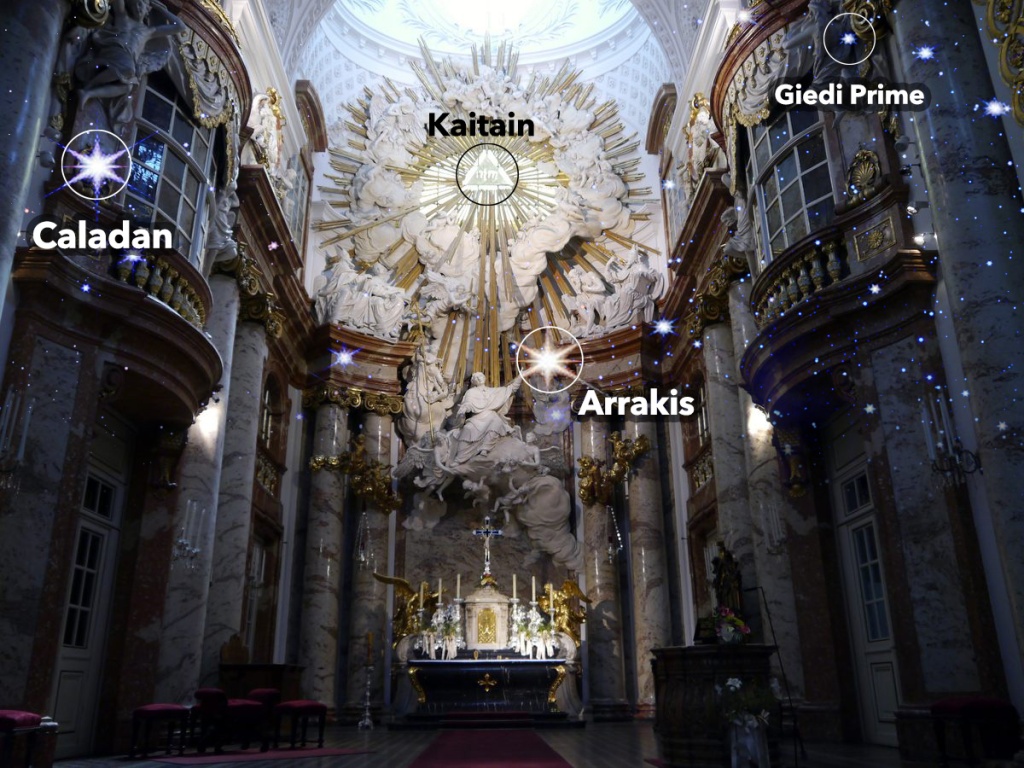
The Bene Gesserit are a secret sisterhood of basically every woman you’ve heard of from the period – it is rumoured that all women are members, whether they know it or not, especially all the wives, mistresses and wetnurses of royalty. Known Reverend Mothers include Isabella of Castille (the Emperor’s long-lived grandmother), Elizabeth and Mary Tudor, Artemisia Gentilleschi, Aphra Behn… and the Missionaria Protectiva are said to have been active among the Amazons of Benin and the Wonhwa of Joseon.
This proto-Dune hovers on the brink of the long-term stability that Herbert’s book tears down: the Spice monopoly is still out in the rumoured wilderness and up for grabs. The most vicious fights are over speculation – about where the Spice might be, about what it might unlock. The Guild still controls access to eternal life, though, and nobody (yet) dares to openly defy it, even as they try to tease its members away into supportive splinter sects.
next: Post 3: Dune Mashups


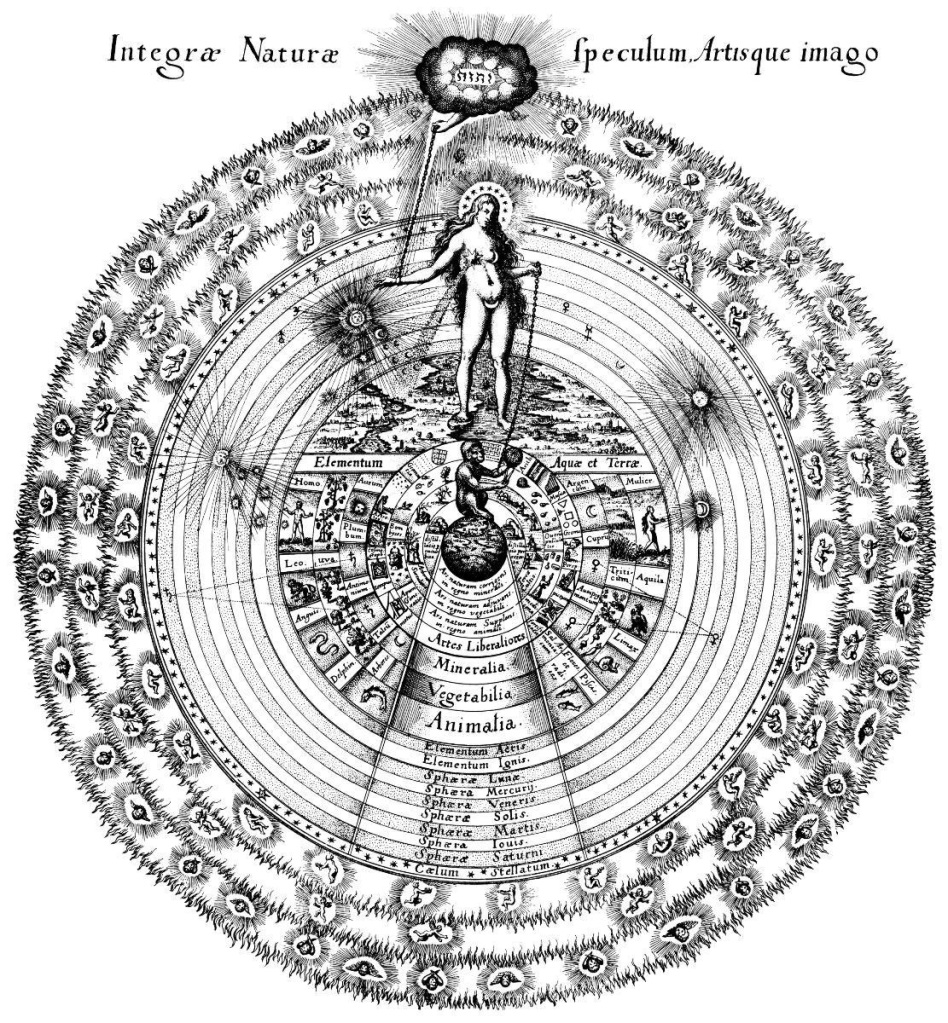
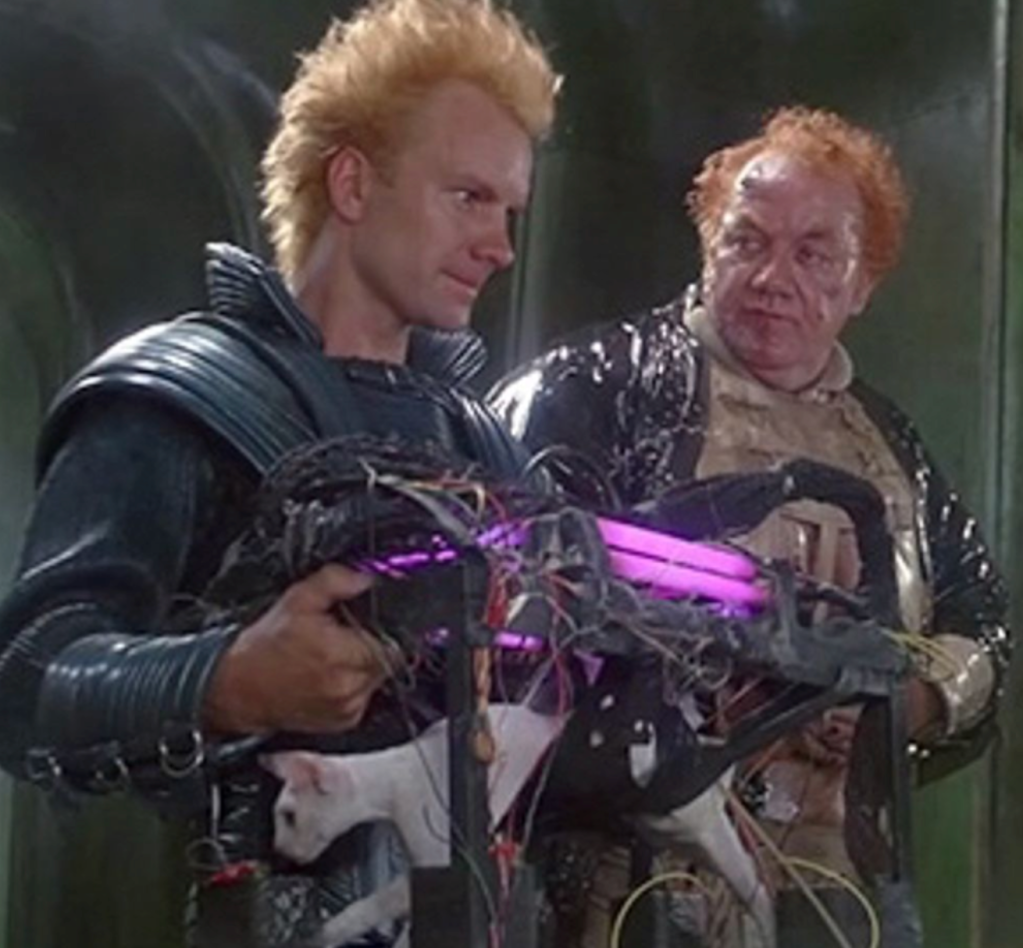
Awesome post. I love seeing you draw the 16th century mirror.
I think if I can get people thinking about the 16th century, I will have done something worthwhile in RPGs. Because it is so, so weird.
Maybe the trick is to write a novel.
I think you almost nearly wrote Warhammer 40,000 there at the end.
it’s always a danger, when things get sufficiently Baroque…